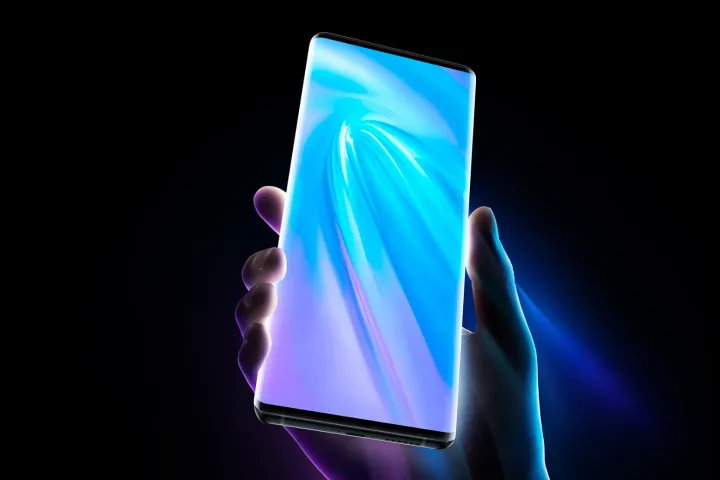If you wish to use an iPhone with virtually no bezels around the screen, you will need to wait a little longer than initially thought. A new industry report says the release of Apple’s long-rumored OLED display with “zero bezels” for the iPhone has slid further into an uncertain timeline.
South Korean outlet The Elec, which was the first to report of the existence of a “zero-bezel” iPhone display, has now reported the launch date is unforeseeable because the technology “is not yet developed enough.”
The publication did not outrightly dismiss the existence of the supposed iPhone display, stating that both Samsung and LG are known to be in the process of developing candidates. However, mass production has yet to begin, which indicates the all-screen iPhone display may not arrive on the scene — and later be adopted for an actual iPhone model — in 2025 or even 2026.
Please enable Javascript to view this content
A bezel-less iPhone has been the exemplar many concept creators have dreamed of for almost a decade. In 2023, rumors emerged from the Korean supply chain that Apple was finally convinced it could be a good — and practically achievable — idea. A timeline of “2025-2026” was therefore set for the launch.

Unlike certain Chinese brands that have attempted to exceedingly curve the displays for unrealistic screen-to-body ratio numbers, Apple is speculated to stick with flat edges with gentle curves similar to the Apple Watch Series 10. This is specifically to reduce any optical artifacts along the curvature when not looked at head-on.
However, manufacturers, including Samsung, have been facing technical challenges with the zero-bezel iPhone display. Foremost, it requires tucking not just the front camera, but also the Face ID array under the usable parts of the display. Samsung is reportedly struggling with the “transmittance” — or the front camera’s ability to take photos despite being concealed under active pixels.
Secondly, Apple has specifically demanded thin film encapsulation (TPE) — a treatment that protects moisture from reaching the organic LEDs — and optical clear adhesive (OCA) to achieve near-perfect colors and avoid any chromatic distortion along the gently curved edges.
A third challenge with such displays is further erosion in durability, which Apple might need to fix before presenting it to iPhone users Until those issues are resolved, Apple is expected to hold off on the transition, no matter how exciting the concept may seem.
